Why foam rolling and stretching is so important for runners
Reasons why you shouldn’t skip the all-important post-run recovery
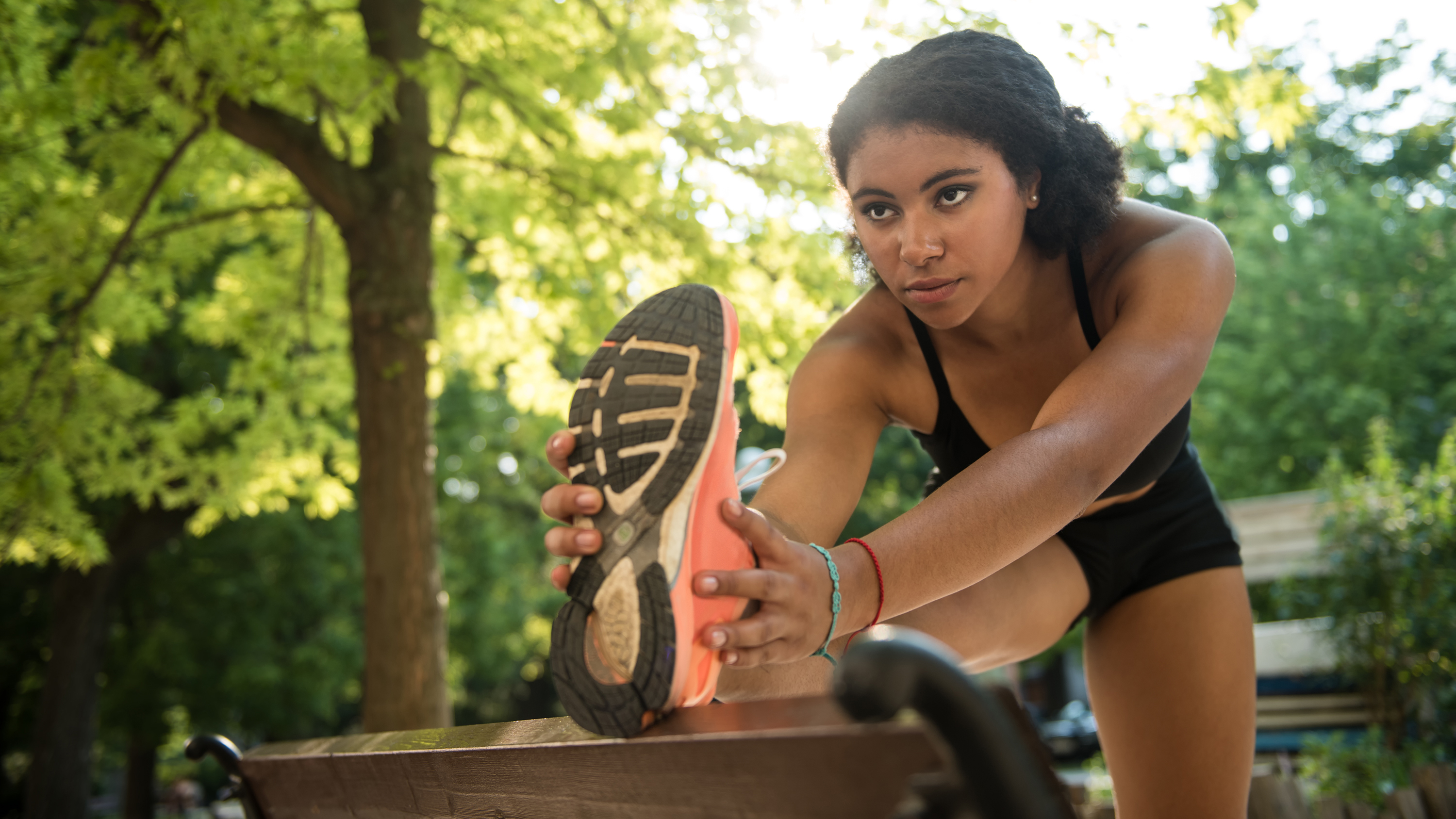

Do you regularly stretch and use a foam roller after a run? It's a simple question, but all too often the answer is 'no' - despite the fact that these simple practices bring many benefits to runners.
Reasons for not stretching or using one of the best foam rollers often include not having the time and it being uncomfortable - or, in the case of foam rolling, even painful.
There’s no way around it: if you’re new to foam rolling the first few times you do it you are going to experience pain.
In some cases, it can be excruciating, so much so that some people vow never to do it again. But be assured that pain is good pain – your muscles are stretching, knots are working loose and bloodflow to the muscle is increasing, helping recovery.
This 2019 study in Frontiers In Physiology found evidence that foam rolling delayed onset muscle soreness (DOMS). And the pain of rolling does lessen the more you do it.
Hollie Maskell, a physiotherapist and fitness expert for Meglio, says that there are many reasons for stretching and using a foam roller after a run.
“Static stretching lengthens your muscles short term and helps them to relax. Stretching can also help you increase flexibility and your range of motion, meaning that you will feel less pain while running.”
Start your week with achievable workout ideas, health tips and wellbeing advice in your inbox.
Foam rollers are used to get your joints moving while increasing the blood flow to your muscles. There’s a wide range available featuring different shapes, varying raised sections, and some even vibrate to work the muscles deeper.
“By helping to facilitate self-massage to increase circulation in the muscles – and combining this with stretching – you can aid recovery so you can run more frequently and with less strain on the body,” says Maskell.
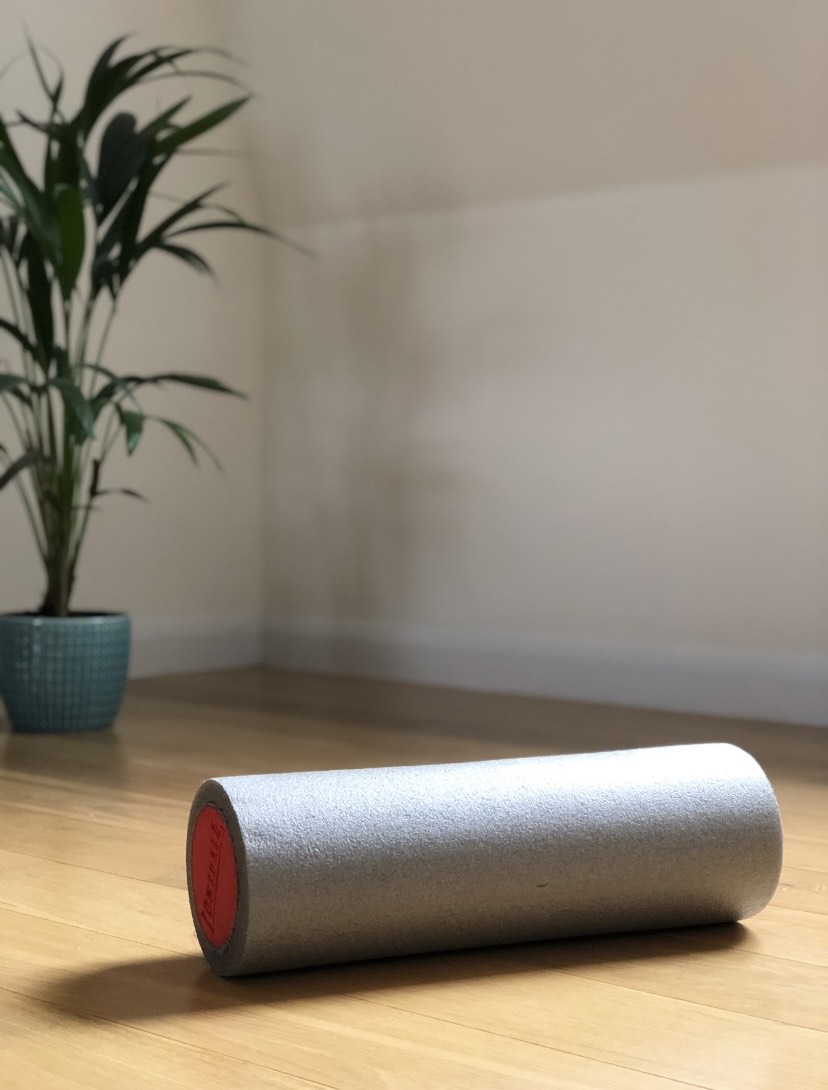
Those who forego stretching will find they experience stiffness and more severe DOMS in the days following the run, where just walking up or down stairs becomes a challenge in itself.
“This will hinder your progress and prevent many runners from exercising regularly,” says Maskell. “Cramps and muscle aches can also occur as lactic acid builds up. This increases the chance of more serious injuries occurring.”
With that in mind, we asked Maskell to recommend some stretches and foam-rolling moves ideal for those who are new to running to perform after a training session.
1. Lower-back foam rolls
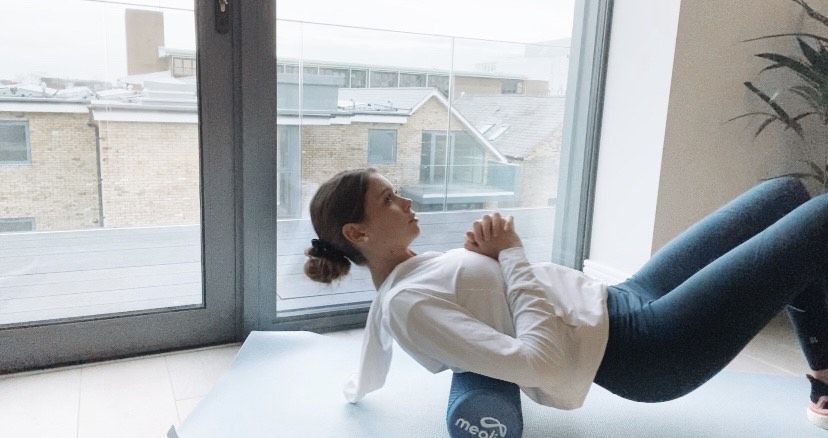
“This gets the spine moving, which prevents stiffness and possible pain,” says Maskell. “It’s especially useful for those who sit at a desk all day and are more susceptible to lower-back pain from being hunched over for long periods of time.”
How to do it:
- Lie with your foam roller placed horizontally under your spine.
- Bend your knees and place your feet flat on the floor.
- Gently lift up your hips and roll the foam roller up and down your spine.
2. Calf roll
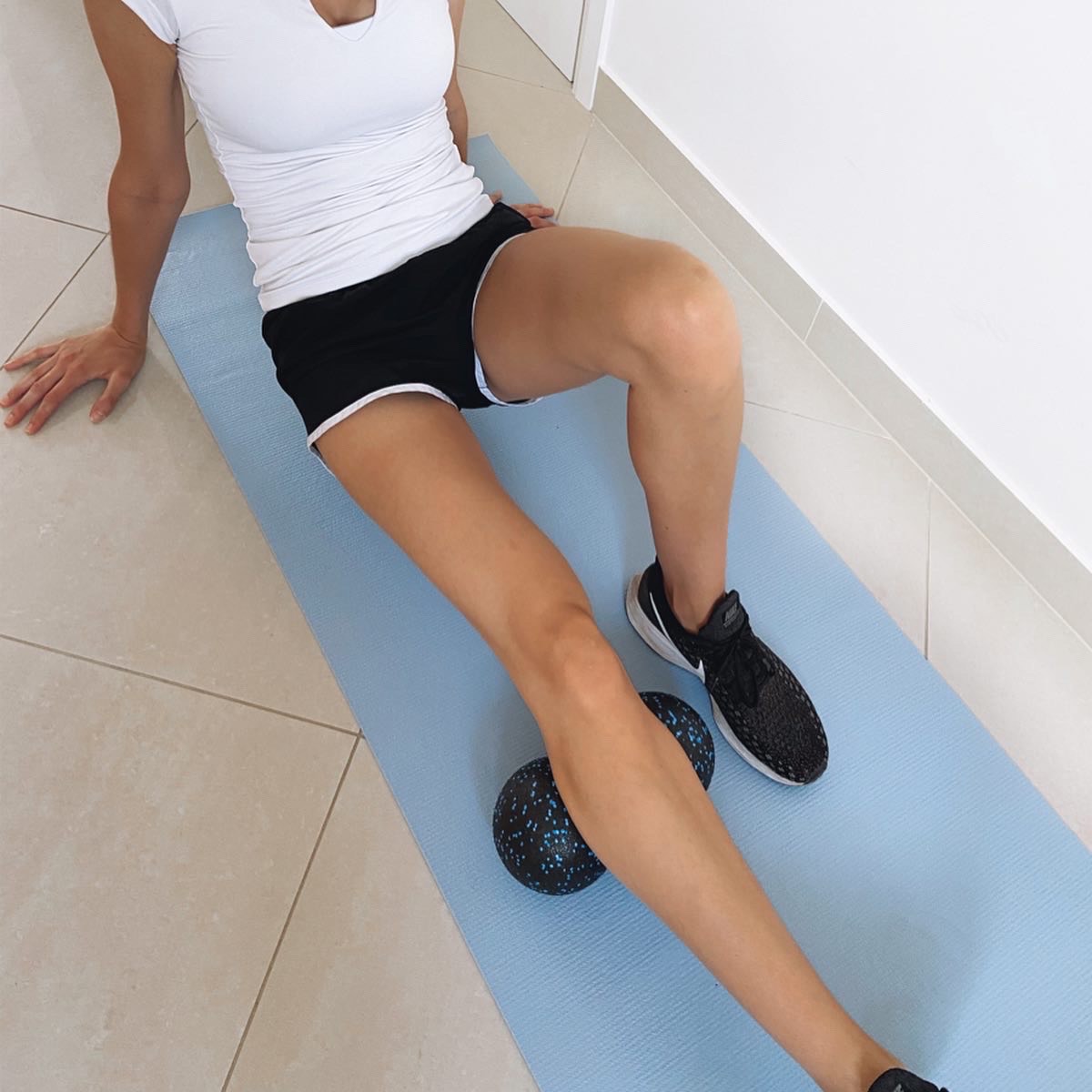
“Rolling out the calf muscle helps to prevent tightness and gets the blood flowing to the calves to help prevent injury, as calf muscles are prone to injury when running.”
How to do it:
- Place the foam roller under a calf.
- Use your hands to press your hips up off the floor, then roll from the ankle to below the knee.
3. Quad stretch
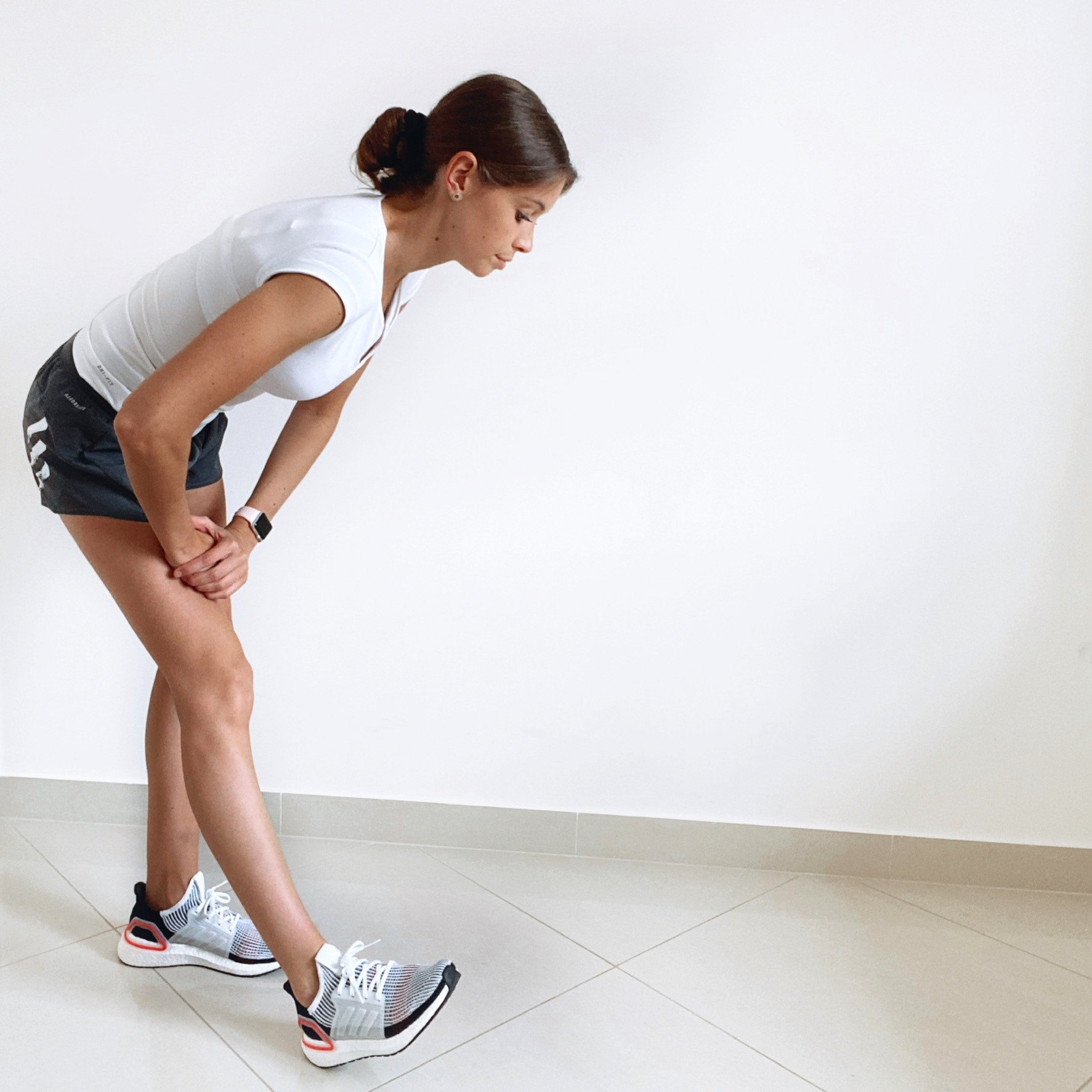
“Runners’ quadriceps are prone to getting tight during running, so by stretching these muscles out post-run it can help recovery and avoid injury.”
How to do it:
- Stand with your side to the wall, place a hand on the wall for balance if needed.
- Lift one foot up toward your bottom and hold the outside of your foot with your hand.
- You should feel a gentle stretch in the front of the thigh.
4. Hamstring stretch

“Hamstrings, like the quads, also tighten during running, so by regularly stretching this group of muscles it can prevent tightness and soreness the following morning.”
How to do it:
- Sit on the edge of a chair or stand on the floor.
- Straighten one leg out in front of your body with the heel on the floor.
- Slowly bend forwards until you can feel a stretch at the back of the leg.
Tip: Avoid foam-rolling your IT band
The iliotibial (IT) band is a thick band of fascia (tissue) that runs from the hip down the outside of the thigh to the outer part of the knee. Runners often experience a tightness on the iliotibial band (known as IT band syndrome), which makes itself known by pain on the side of the thigh or knee.
“Many people think rolling the IT band helps to stretch it, but you cannot stretch out the IT band as it’s not a muscle,” says Maskell. “Instead, try using the foam roller to roll out the quads or glute muscles, as this can help reduce strain on the IT band.”
Howard is a freelance health and fitness journalist and copywriter. He has written for publications including ShortList, Runner’s World, Trail Running, Women’s Running, Red Bulletin, Wareable and Cycling Weekly. He enjoys nothing more than lacing up his trail shoes and heading out to explore new trails. He’s run ultramarathons everywhere from the French Alps and Canadian mountains to the Welsh coast and Peak District. When not running, he’s usually found hitting his local MTB singletrack trails or on a quest to find the country’s best cinnamon bun.
